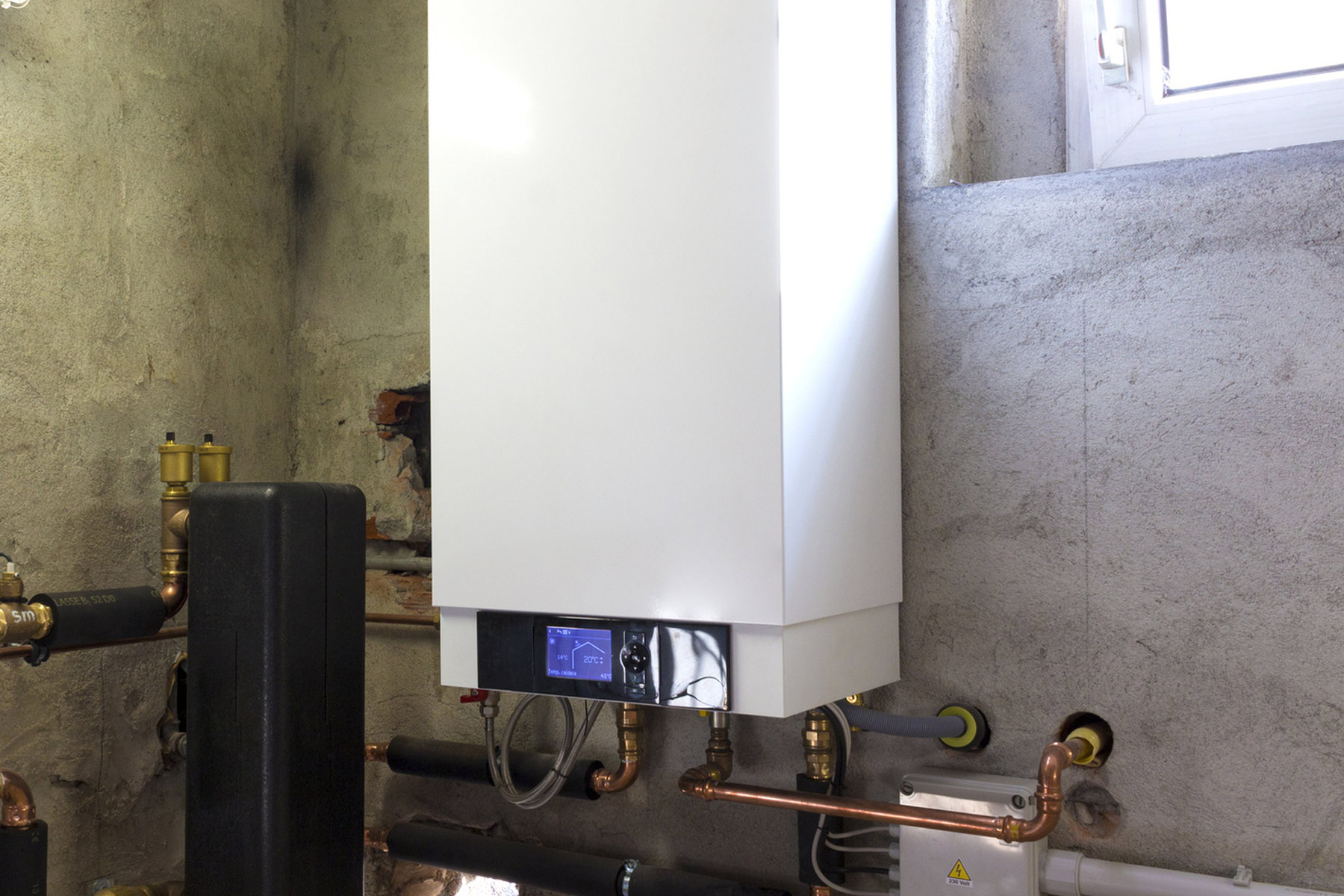High-rise buildings are architectural marvels that define modern cityscapes around the world. These towering structures not only accommodate large populations but also present unique challenges when it comes to fire safety. Ensuring the safety of occupants in case of a fire requires stringent regulations and well-designed evacuation plans. In this blog, we explore the regulations governing fire safety in high-rise buildings and the crucial aspects of effective evacuation planning. For landlords and property owners of high-rise buildings, obtaining a Landlord Fire Safety Certificate ensures compliance with fire safety regulations and enhances preparedness for fire-related emergencies, safeguarding occupants and property effectively.
Regulations Governing Fire Safety
The construction and operation of high-rise buildings are subject to strict regulations aimed at minimizing fire risks and ensuring the safety of residents and occupants. These regulations typically cover several key areas:
- Building Design and Construction:
High-rise buildings must adhere to specific fire-resistant construction standards. This includes the use of fire-resistant materials for structural components, fire-rated doors and windows, and compartmentalization to prevent the spread of fire between different parts of the building.
- Fire Suppression Systems:
Effective fire suppression systems are mandatory in high-rise buildings. This includes automatic sprinkler systems, fire alarms, smoke detectors, and fire extinguishers placed strategically throughout the building. These systems are designed to detect fires early and suppress them before they can spread.
- Access and Egress:
High-rise buildings must have adequate access and egress routes for occupants to evacuate safely in case of a fire. This includes wide staircases with fire-resistant enclosures, clear signage indicating evacuation routes, and emergency lighting to guide occupants in low visibility conditions.
- Electrical and Mechanical Systems:
Electrical and mechanical systems within high-rise buildings must meet stringent safety standards to prevent electrical fires and ensure the continuous operation of essential services during a fire emergency.
Evacuation Plans
Effective evacuation plans are crucial in high-rise buildings to ensure that occupants can evacuate safely and quickly in the event of a fire. Key components of evacuation plans include:
- Emergency Preparedness:
Building management and occupants should be well-prepared for emergencies through regular drills, training sessions, and communication of emergency procedures. Awareness of evacuation routes and assembly points is essential for all occupants.
- Evacuation Strategies:
Different evacuation strategies may be employed depending on the location of the fire, the size of the building, and the number of occupants. This could include partial or full evacuations, using designated refuge areas for temporary shelter, or phased evacuations to prevent overcrowding in stairwells.
- Communication Systems:
Effective communication systems are vital during a fire emergency to alert occupants, provide instructions, and coordinate evacuation efforts. This may involve public address systems, emergency notification systems, and communication with emergency responders.
- Accessibility Considerations:
Special provisions must be made for occupants with disabilities or mobility limitations to ensure they can evacuate safely. This includes accessible evacuation routes, evacuation chairs, and assistance from trained personnel.
Conclusion
Fire safety in high-rise buildings hinges on a combination of stringent regulations and well-executed evacuation plans. By adhering to building codes that prioritize fire-resistant construction, reliable fire suppression systems, and accessible egress routes, the risk of fire-related incidents can be minimized. Equally important are well-practiced evacuation plans that ensure all occupants, including those with special needs, can evacuate swiftly and safely in the event of an emergency. Continued vigilance, regular drills, and ongoing education about fire safety protocols are essential to maintaining a secure environment in high-rise buildings. By prioritizing fire safety, building owners and occupants can contribute to safer urban environments where the benefits of high-rise living are enjoyed without compromising on safety. For landlords and property managers committed to enhancing fire safety across their buildings, partnering with Landlord Certification ensures comprehensive fire safety inspections and compliance with safety standards tailored to high-rise properties, If you want to stay updated with posts like this, please follow us on INFO MAGAZINES.





